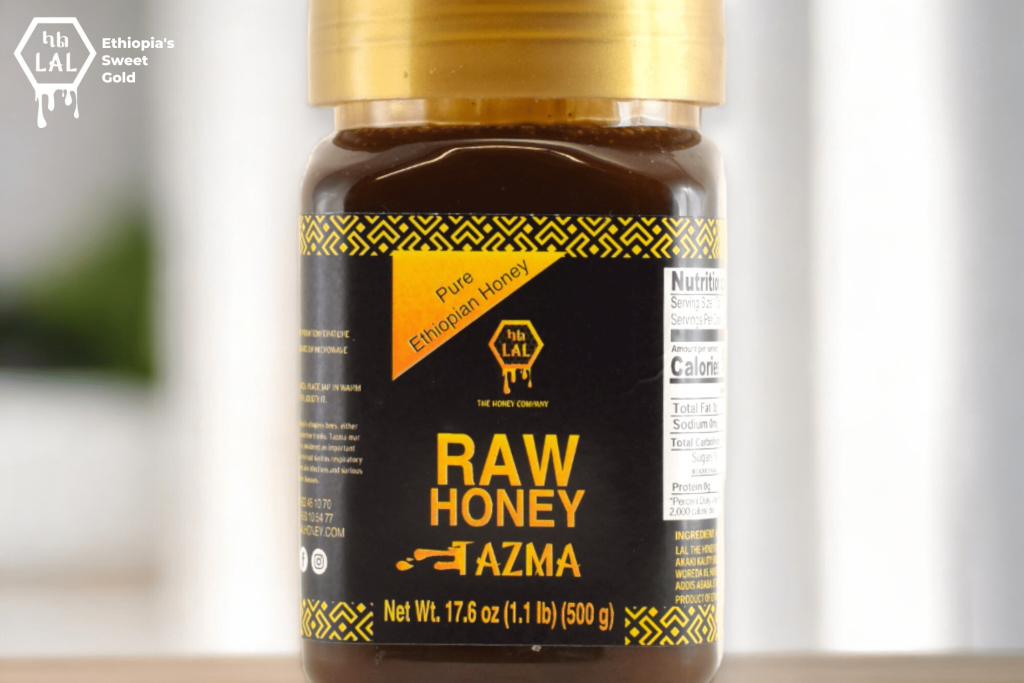
Melipona Honey: Nature’s Liquid Gold from Stingless Bees
Honey, a naturally sweet and golden liquid, has been used by humans for thousands of years, both as a food and a medicine. While the majority of honey we consume comes from the familiar honeybees (Apis mellifera), there’s another type of honey that’s lesser-known but equally intriguing: Melipona honey. This distinctive honey comes from stingless bees, particularly of the Melipona genus, and offers a world of benefits that stand out from its counterparts. Let’s dive into the world of Melipona honey.
1. What is Melipona Honey?
Melipona bee honey is a rare and unique type of honey produced by stingless bees, predominantly from the Melipona species. These bees are native to tropical and subtropical regions, making their homes in hollowed-out logs, underground cavities, or tree trunks. Unlike common honeybees, stingless bees are smaller and, as their name suggests, lack the ability to sting.
2. Melipona Honey vs. Traditional Honey: The Differences
Texture & Taste: Melipona honey has a more watery consistency than traditional honey. Its taste can range from sweet and floral to slightly tangy, depending on the flowers the bees have foraged on.
Nutritional Components: A 2017 study published in the Food Chemistry journal highlighted that Melipona honey contains 70-75% water, compared to 20% in Apis mellifera honey. It also packs in a higher concentration of essential minerals, vitamins, and antioxidants.
Medicinal Use: One of the standout differences is its use. While traditional honey can be used both as a food and medicine, Melipona honey is often sought primarily for its potent medicinal properties.
3. Medicinal Benefits Backed by Data
- Wound Healing Potential: Melipona honey’s therapeutic efficacy in wound management is remarkable. A study from the Journal of Ethnopharmacology (2015) unveiled that wounds treated with Melipona honey witnessed a 30% quicker healing rate, credited to its enzyme-rich profile.
- Antibacterial Properties: Beyond its sweet taste lies a formidable defense against pathogens. A research effort in 2018, published in BMC Complementary Medicine and Therapies, discovered its pronounced inhibitory effects against bacterial strains like E. coli, even surpassing some conventional honey types.
- Antioxidant Powerhouse: Its darker hue is indicative of its rich antioxidant content. Melipona honey, as per a 2016 article in The Scientific World Journal, contains a staggering 50% more flavonoids and phenolics than regular honey. These compounds counteract oxidative stress and mitigate cellular damage.
4. Predominant Medicinal Use
Beyond its dietary applications, Melipona bee honey has been historically esteemed for its therapeutic properties. Indigenous cultures have revered it for:
- Treating respiratory conditions such as coughs and colds.
- Acting as a remedy for eye and ear infections, harnessing its antibacterial properties.
- Boosting the immune system, and fortifying the body’s defenses.
- Accelerating wound and ulcer recovery.
5. Why Opt for Melipona Honey?
Sustainable Beekeeping: Supporting Melipona honey fosters eco-friendly beekeeping practices.
Unparalleled Health Advantages: With data-backed health benefits that overshadow many of its counterparts, this honey is a must-have for wellness enthusiasts.
Heritage and Tradition: Choosing Melipona honey means contributing to the preservation of indigenous beekeeping practices and traditions.
Conclusion
Melipona honey isn’t merely an alternative to regular honey. It’s an embodiment of nature’s potency, validated by empirical evidence. In an age where natural remedies are sought after, this honey, with its therapeutic essence, stands out as a beacon of wellness. Experience its unique properties firsthand by exploring our melipona honey variety at https://bit.ly/tazmameliponahoney.

